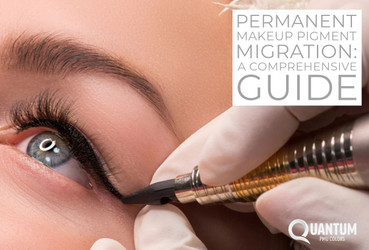Permanent Makeup Pigment Migration: A Comprehensive Guide
Aug 25th 2023
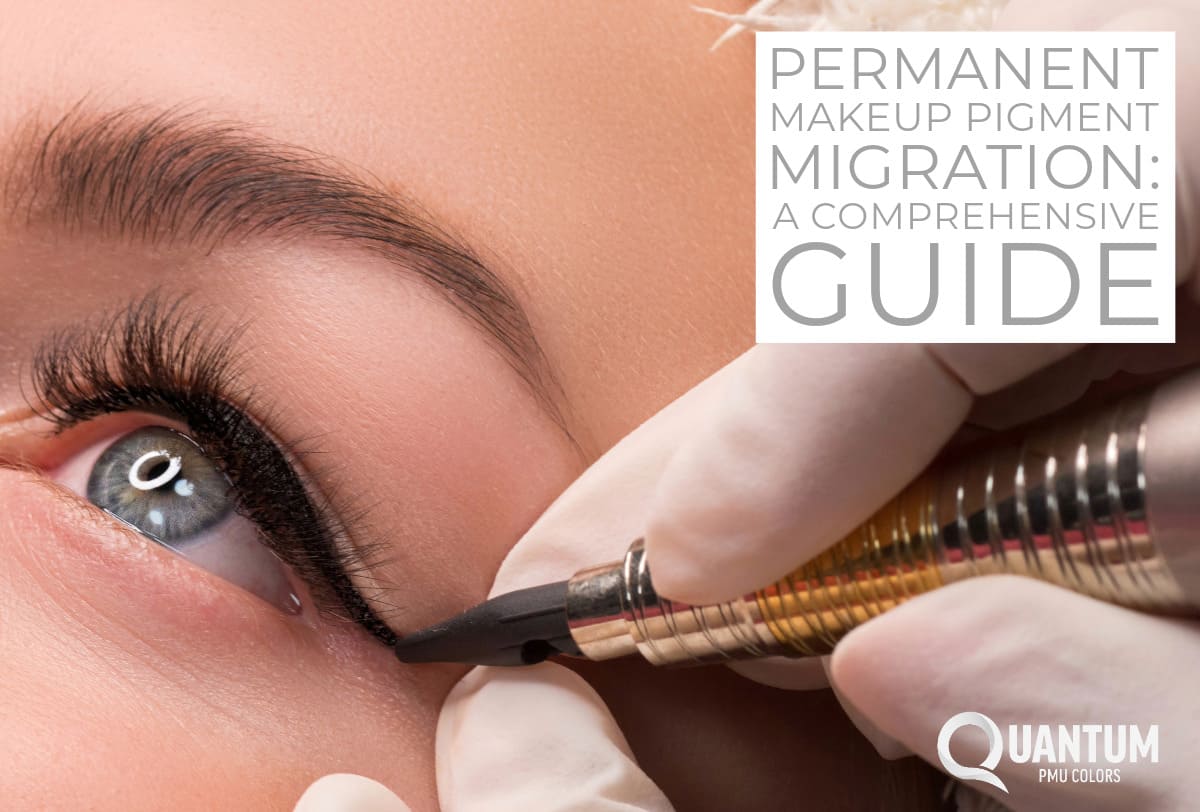
Permanent makeup is a transformative beauty technique that offers convenience and lasting results. However, one of the common challenges that both clients and practitioners face is pigment migration. Understanding the intricacies of pigment migration, its implications, and effective strategies to prevent it can help you provide your client with the best possible results. In addition, it is important to know the role of proper technique and pigment selection in achieving optimal and long-lasting results.
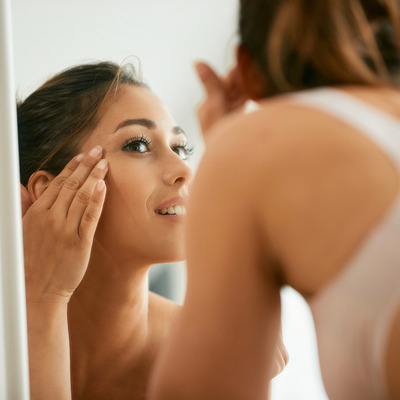
What Is Pigment Migration?
Pigment migration refers to the gradual movement of implanted color from its original position over time. This can lead to distortion, uneven color distribution, blurry lines, and an overall undesired appearance. Factors such as skin type, depth of implantation, and pigment quality contribute to the occurrence of pigment migration. Because the skin around the eyes is thinner than in other areas, permanent eyeliner and permanent eyebrow applications are the most likely permanent makeup applications to be susceptible to pigment migration.
Why Is Permanent Makeup Pigment Migration a Problem?
Pigment migration poses several challenges. First, it can lead to inconsistent and unintended results, like blurry lines or spots of color moving to the nearby skin, which can be frustrating for both clients and practitioners. Additionally, the migration can result in uneven color retention, causing the initial vibrancy to fade unevenly. Lastly, pigment migration might necessitate additional touch-ups or camouflage sessions, consuming time and resources for both parties.
Strategies to Prevent Pigment Migration
- Identify the skin type. Understanding the client's skin type and its potential for pigment migration is essential in tailoring the procedure and managing expectations. Different skin types react to pigments in their own unique ways. Oily skin tends to produce excess sebum, which can push pigments out of place. Conversely, dry skin lacks natural oils that aid pigment retention. Combination skin can present both challenges.
Other skin factors, including skin tone, elasticity, thinning skin, and vascularisation, should also be taken into account. Pay especially close attention to the skin of older clients, as they are particularly prone to thin skin and vascularization. - Master the technique. Your technique plays a pivotal role in preventing pigment migration. Adequate training and continuous skill refinement are necessary to ensure the pigment is placed correctly and stays there. Proper needle depth, angle, and pressure are fundamental factors in pigment retention.The cosmetic pigment should only be placed in the superficial dermis. This may require setting your machine to the minimum depth. Additionally, the needle should be angled at 90 degrees for optimal placement. Employing gentle yet precise techniques ensures minimal trauma to the skin and maximizes pigment stability.
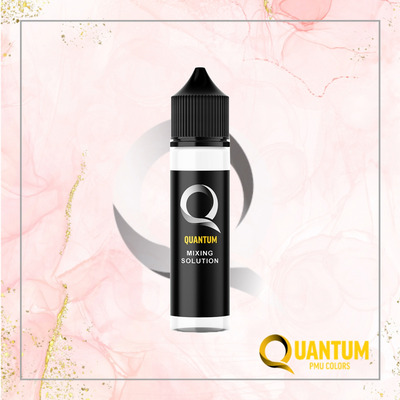
- Select the correct high-quality permanent makeup pigments. High-quality pigments are essential in preventing migration. Choose high-quality EU REACH Compliant pigments from a trusted company that produces pigments that are specifically formulated for PMU applications. Creamier, highly-pigmented formulas are less prone to migration. If you plan to thin out the permanent makeup pigments at all, do so sparingly and make sure to use a mixing solution created especially for PMU. Thoroughly researching and opting for thicker, reputable pigments with the highest quality ingredients significantly reduces the risk of migration-related issues.
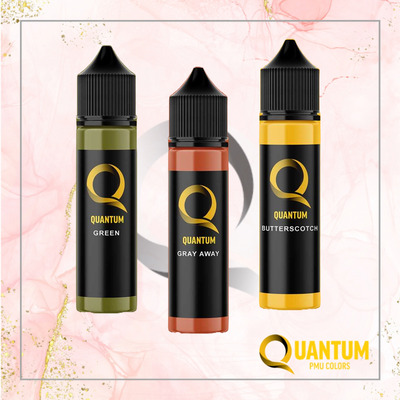
- Learn the art of camouflage. If a client comes to you with migrated pigment that needs to be camouflaged, or you need to touch up some areas of your own work with camouflage, slow and gentle is the key. Using a hand tool with straight needles for this part will give you more control over how camouflage is placed. Progress little by little over a few sessions to achieve full camouflage without overworking the skin.
Choose your correction, camouflage, and flesh-tone colors carefully. Whether your client’s skin has a cool or warm undertone, make sure the undertone of any flesh-tone permanent makeup pigments you use matches that of the client’s skin. Once you choose the base color, make sure to also select a similar color one shade lighter and one shade darker as well. This will help you create shadows and highlights. Choose the color corrector that is most appropriate for the shades you want to counteract. You may need to blend several colors to completely camouflage your client’s migrated pigment. Using a color chart that includes the shades and undertones of each PMU color will be invaluable in making the optimal color selection.
Quantum PMU Colors: A Safe and Reliable Choice
Quantum PMU pigments stand out as a reliable option due to their advanced formulation and quality control. These pigments are specifically designed to resist migration and fading, ensuring long-lasting and consistent results. The comprehensive color range is thoughtfully curated to complement various skin tones, making them a versatile and dependable choice.
Preventing pigment migration in permanent makeup involves a combination of understanding skin types, employing proper techniques, and selecting the right pigments. Quantum PMU pigments offer a robust solution to this challenge, empowering practitioners to deliver exceptional and enduring results. By prioritizing these elements, both clients and practitioners can enjoy the benefits of permanent makeup with confidence in the prevention of pigment migration.

